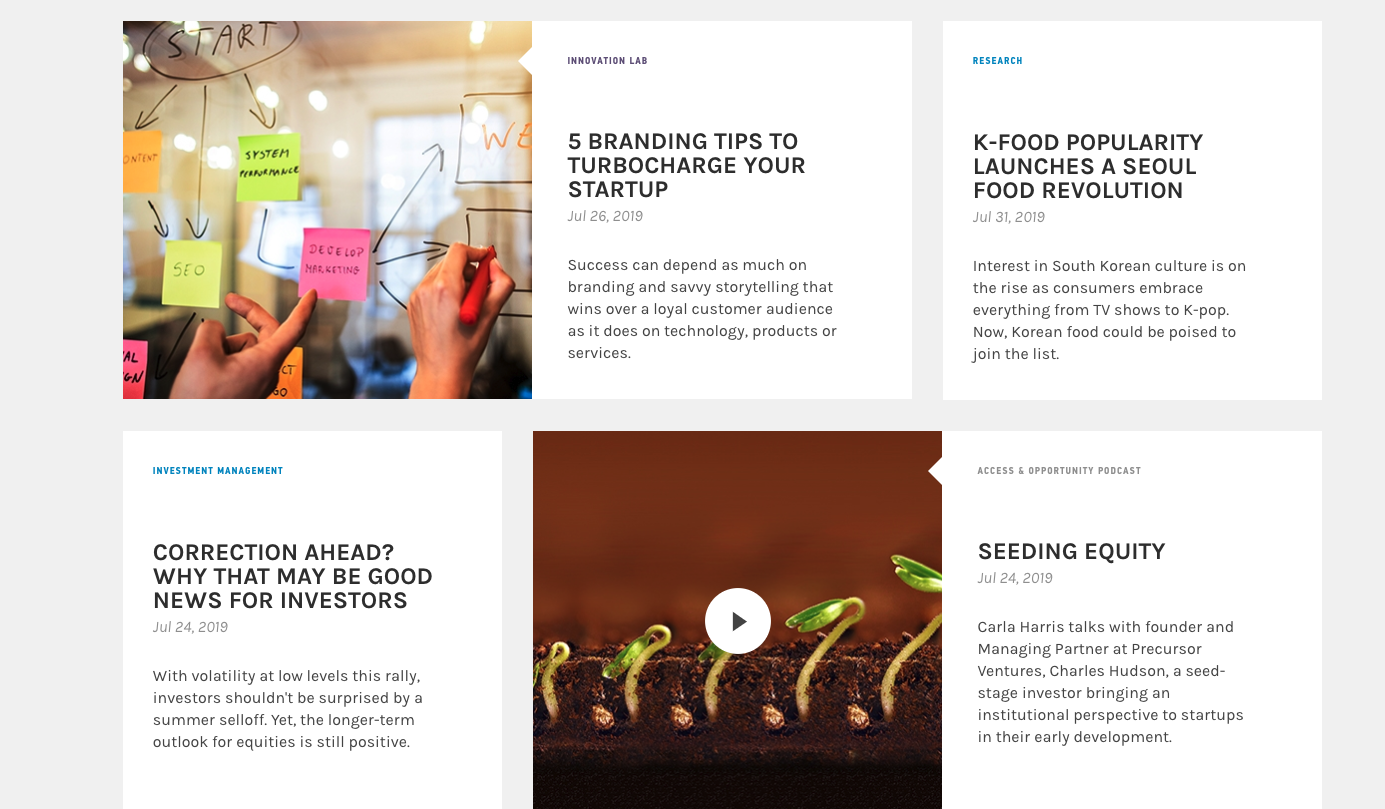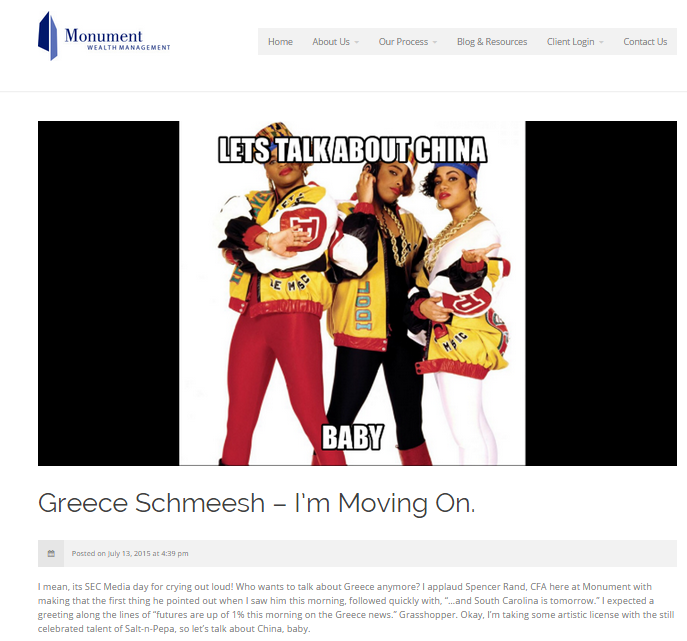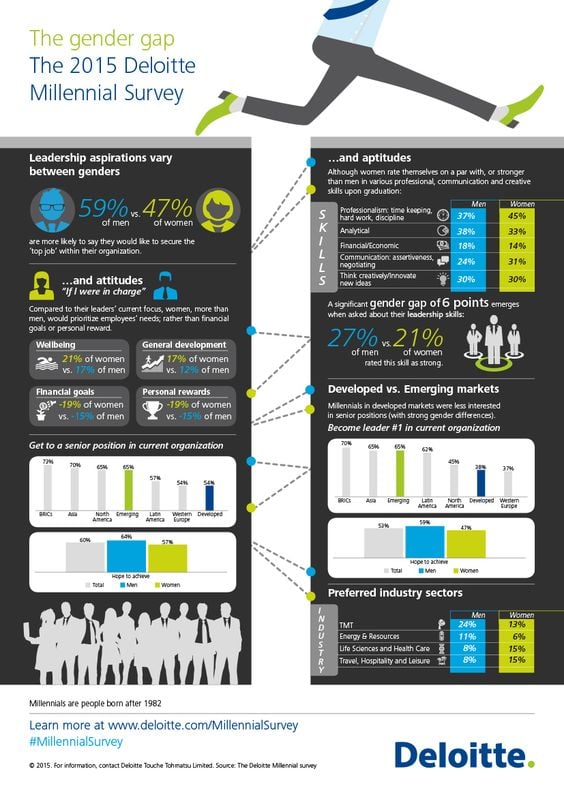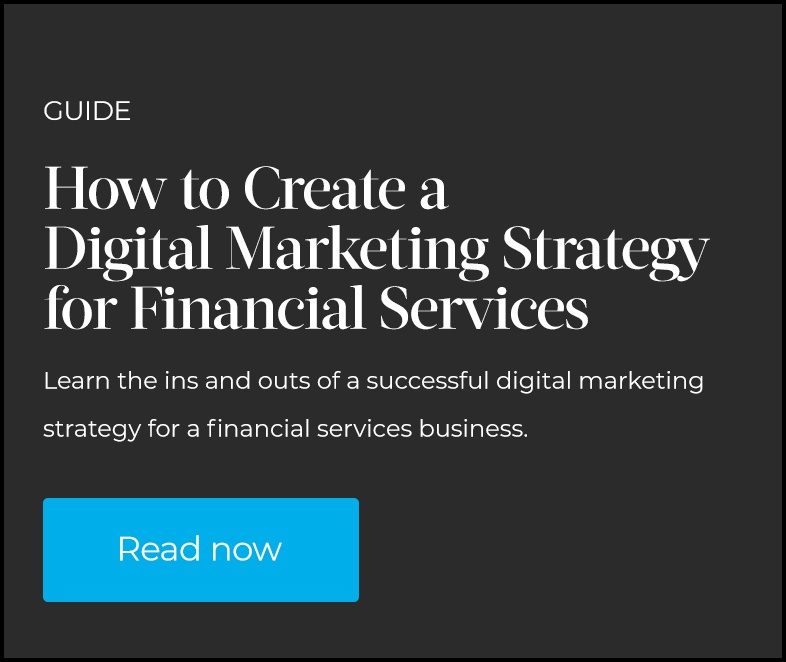
People have to make financial decisions that affect their lives every day – we all need a bank, we all need a super fund, we all need a roof over our heads. So why isn’t the financial services industry talking to people in a way that’s interesting, understandable and on their level? In a world where consumers are highly informed, ad-blocking and don’t like being told what to do, it’s imperative to think outside the box and speak in a language on the same wavelength.
Howard Gossage, the advertising iconoclast known as the “Socrates of San Francisco”, once said “Nobody reads ads. People read what interests them. Sometimes, it’s an ad.” This is a good mantra for the financial services content marketer, so here are some practical ways to be interesting when distributing content marketing to a b2b audience.
First, and foremost. Find your audience
Audience insights should be the cornerstone of your content plan. It’s one thing to amplify content across channels, but you also need to consider which channels are appropriate for your audience.
Many financial services marketers tasked with consumer outreach will fall back on an approach that has been successful with B2B audiences. Consumers are the “forgotten child” expected to respond in the same way as those coming before them. The reality is, even though your message is the same, the way it’s presented should be very different.
Social media accounts for 25-30% of all web traffic, and Facebook delivers more traffic to news sites than Google. If you’re not capitalizing on this, you could be overlooking a significant portion of your market.
Now make it engaging
Now that you’ve identified your audience and the appropriate channels to reach them, it’s time to create or repurpose your content.
According to HubSpot, the most engaging Facebook posts are images and quizzes. Everyone wants to know if they’re a Carrie or a Samantha and they want to share the results, creating further engagement amongst their networks.
Here are some of our top tips for creating engaging content.
1) Show don’t tell
Finance can be perceived as boring, but your content doesn’t have to be. Many consumers don’t trust brands, least of all financial institutions. Great content is content that the audience can relate to: for instance by seeing how people in the real world have benefited from using your product or services.
Example: Morgan Stanley - ideas
Rather than churning out the same IP asset (i.e. blog) over and over again, Morgan Stanley combines an array of diverse content types through their tangential approach of content. From blogs, to research papers to podcasts featuring commentary from top financial executives - Morgan Stanley houses these and more! Their "Ideas" page is constantly updated with fresh news thats not only insightful, authentic but also relatable to their consumer's pain points. Plus, their visitors can consume this content both visually or orally - which is super interactive.
Investors and financial advisors in the financial space want more than just the ordinary tips on how to save or how to invest - because the truth is, it's already all over Google. What the consumers of today want is content that is tangentially related to their field and will spark curiosity into a subject that they have yet to experience.
2) Don’t be afraid to think outside the box
Financial services content has traditionally been straightforward, informative and (let’s be honest) pretty dry.
Many marketers focus their attention on language and messaging that is consistent across channels. This hesitance to speak in the voice of your audience can create weariness amongst your intended market who just see clichéd sales and marketing speak.
There’s now a golden opportunity for financial services organisations to buck the trend and have a bit of fun when repurposing content across channels.
Example: Monument Wealth Management
Monument does a great job making complex topics / issues fun and easy to understand, with great personality. In this article about China’s stock market, the company hasn’t been afraid to reference pop culture and jump on the meme bandwagon. This is an effective way to capture the attention of a consumer audience – especially millennials!
3) Your data is a goldmine
Financial services institutions sit on a wealth of statistics and data. This data contains incredible insights into consumer habits: how much they spend and what they buy. The proof point or expertise of your organisation can be a great tool for providing consumers with content that’s relevant and actionable. Your task is to shape this information into an engaging format.
HubSpot reports the top performing social channels for B2C content are Facebook and Pinterest (as opposed to LinkedIn and Twitter, which rate more effective for B2B content). While a lengthier opinion piece is great for the professional audience on LinkedIn, people scrolling through their feed on Facebook respond better to infographics, videos or easily digestible ‘listicles’.
Example: Deloitte - The Gender Gap - 2015 Millennial Survey
In this Pinterest post, management consultant Deloitte has adapted their expert knowledge and wealth in data into an infographic presentation that strongly interacts with the audience, educating them on the findings from their research.
Conclusion
We hope we've laid the foundation for you, so you can start getting creative with your B2C content distribution.
If executed strategically, PR has the ability to drive revenue growth and increase ROI on your marketing costs. This = profit.














